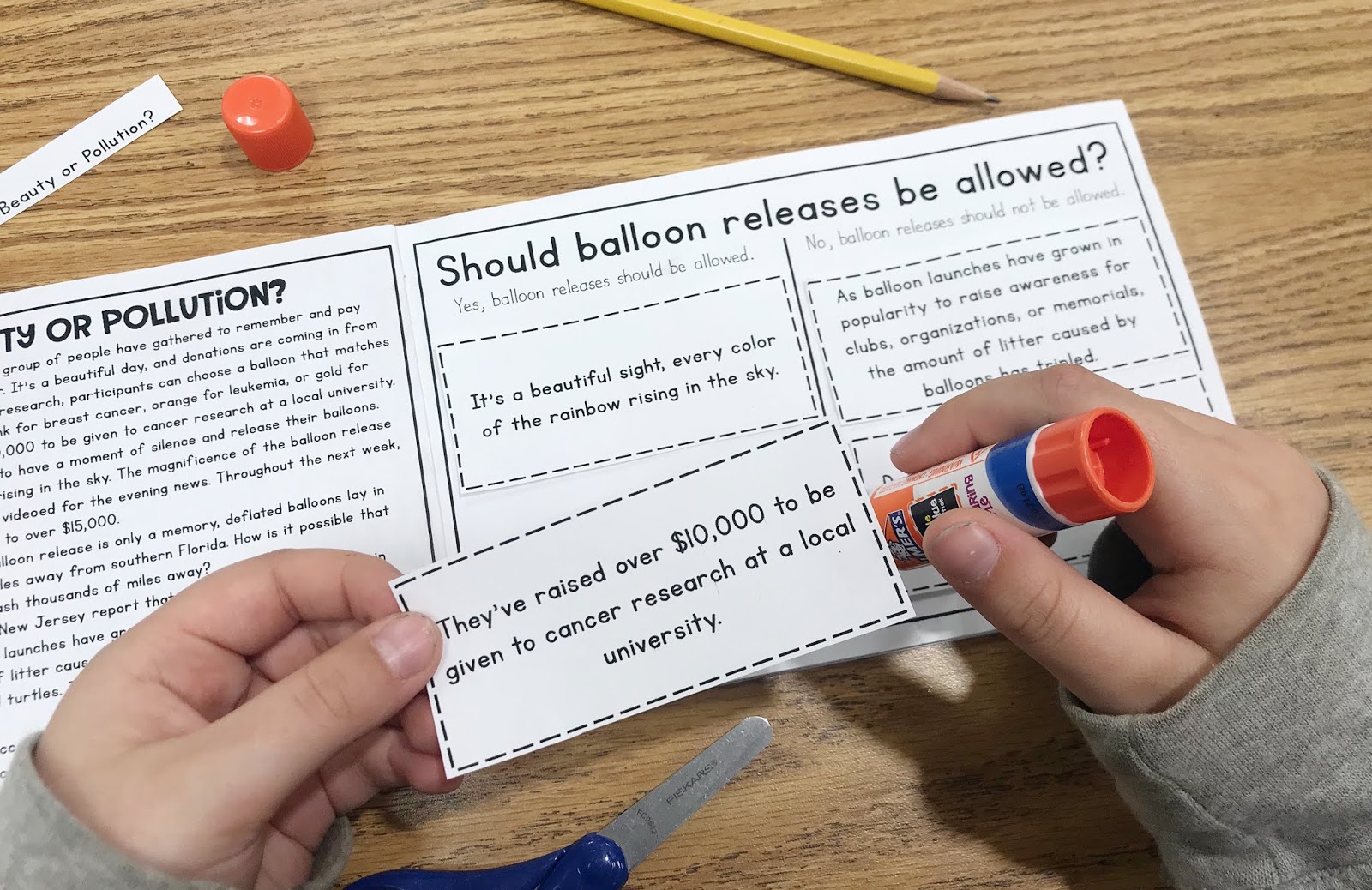
In my opinion, citing evidence is one of the biggest standards in upper elementary. I would even assume, that regardless of what state you are teaching in, citing evidence is a core part of your upper elementary curriculum. Over the last few years, I have felt that my students are typically doing well with restating and answering a question, but they struggle to cite evidence in a way that flows and makes sense.
This summer, I was extremely bored with my bulletin boards, and I wanted something that would be utilized on a regular basis with my students. I decided that I would create an Evidence Board!
I created speech bubbles with stems for my students to use to cite evidence. I love being able to have a reference when students are stuck on how to transition from their own words to citing evidence.
I even created a printable page to use to see how many of these phrases students can remember on their own.

You can grab these printables to create an evidence board in your own classroom by clicking the image above!

I also have a resource to help your students practice this called Choosing and Citing Evidence from the Text. In total, there are ten passages, five that are non-fiction and five that are fictional. They are perfect for helping your students sort evidence and begin writing responses that are based on evidence.

This was awesome! Thank you so much. It was just what I
needed.